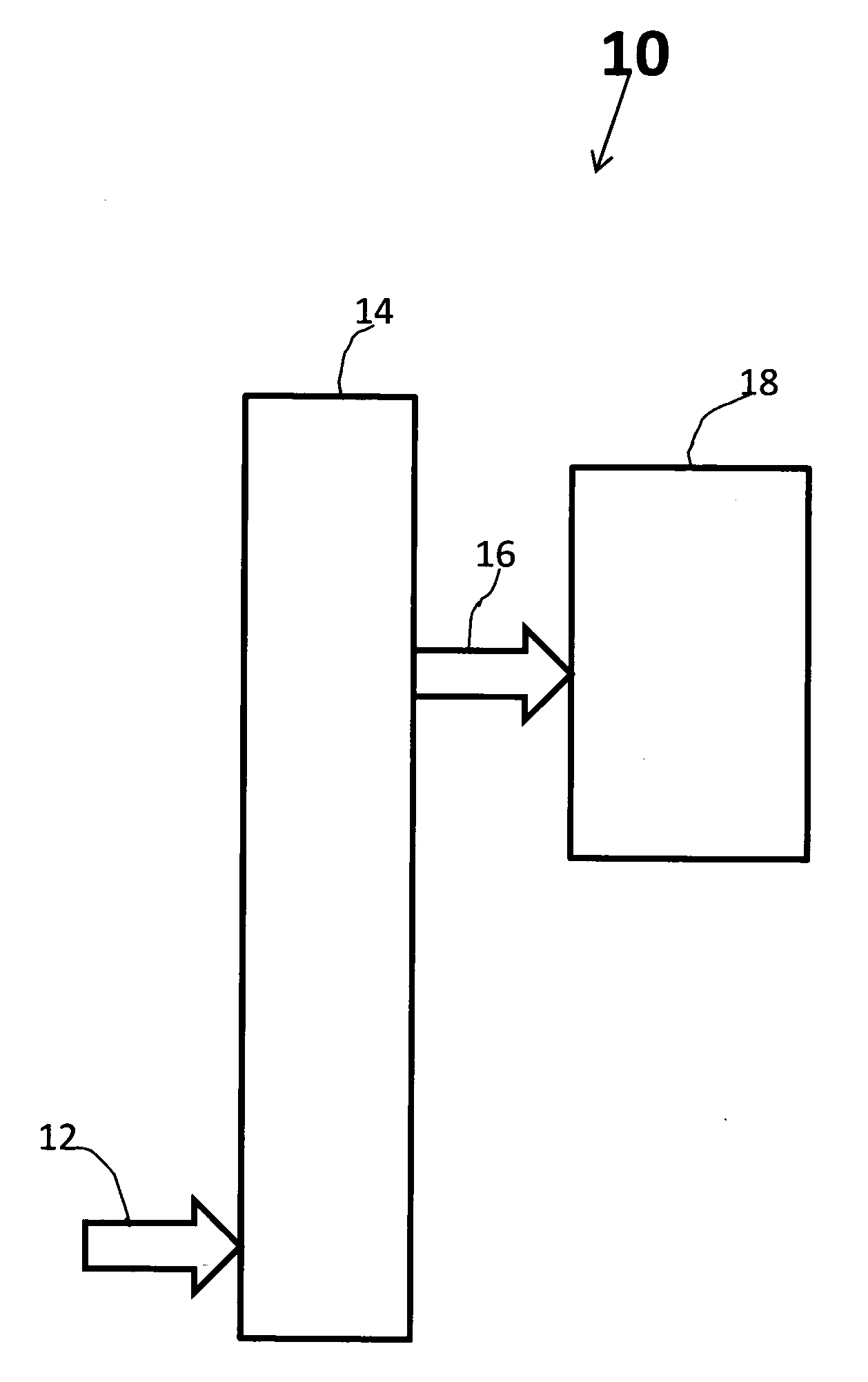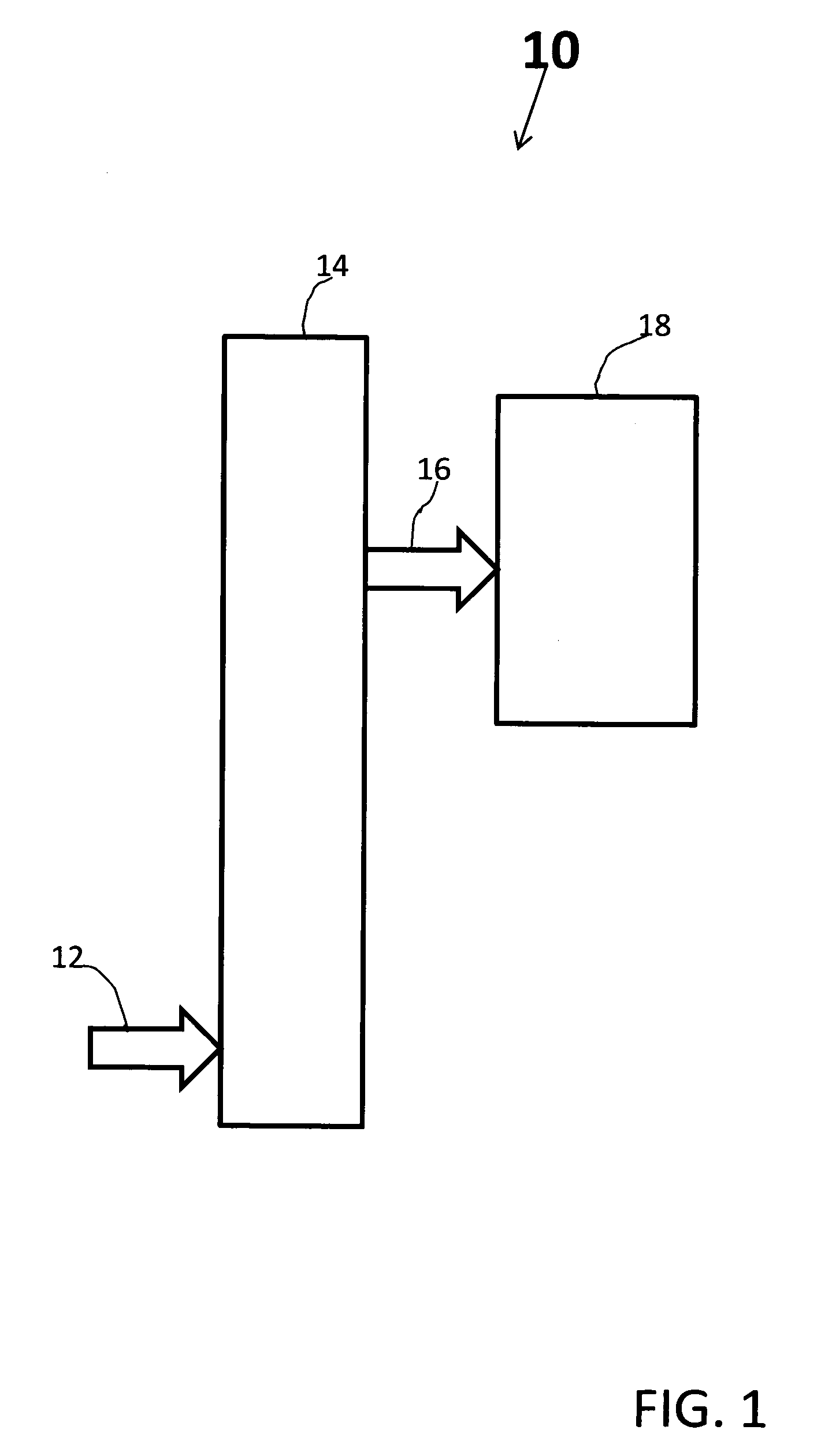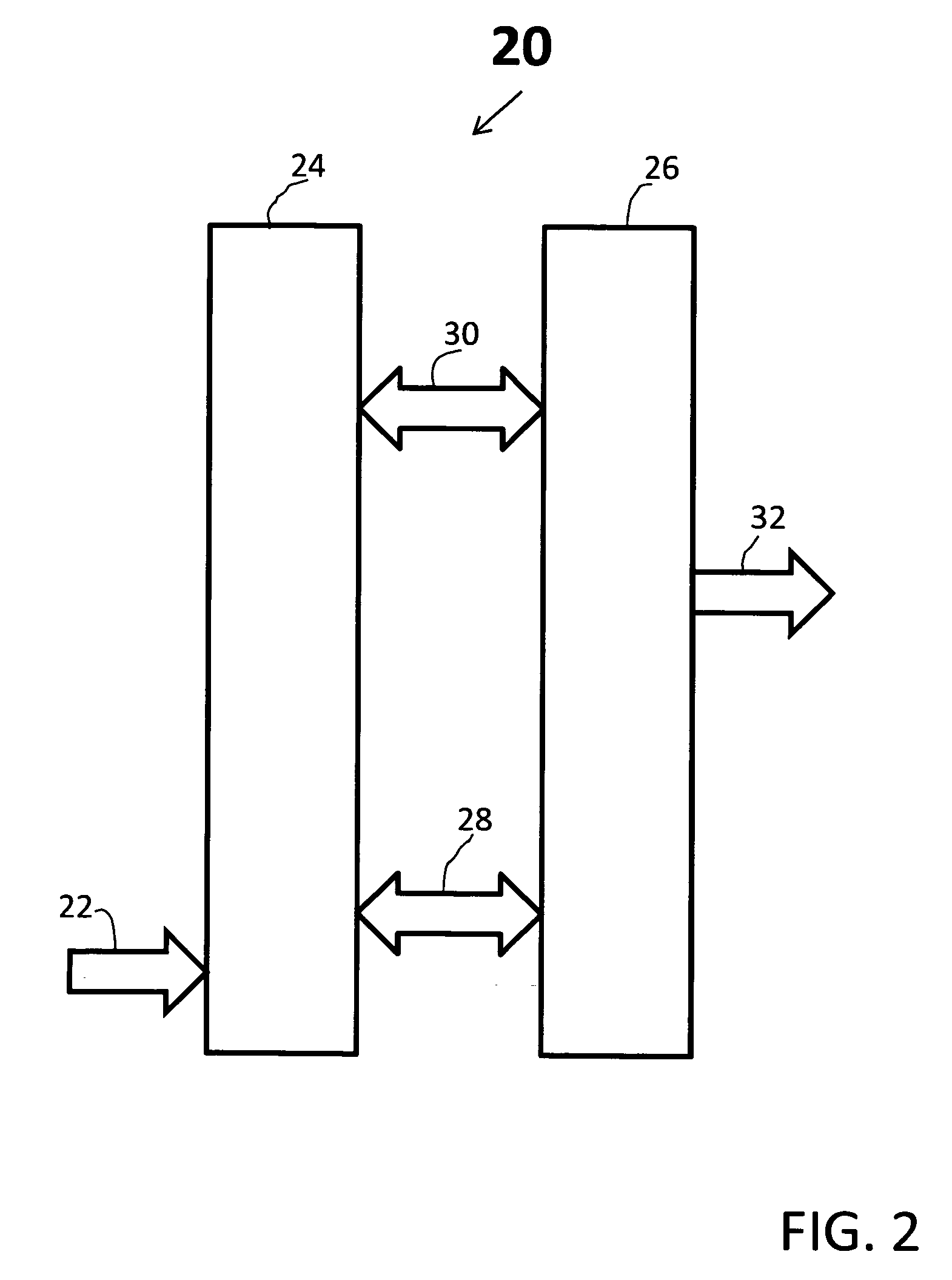Internal and external donor compounds for olefin polymerization catalysts
a technology of olefin polymerization and donor compounds, which is applied in the direction of catalyst activation/preparation, physical/chemical process catalysts, chemical/physical processes, etc., can solve the problem of large amounts of catalytic residues in the polymer
- Summary
- Abstract
- Description
- Claims
- Application Information
AI Technical Summary
Benefits of technology
Problems solved by technology
Method used
Image
Examples
example 1
[0112]Into a one liter Buchi reactor under N2 added a mixture of 13.2 g MgCl2, 203.7 g toluene, 25.7 g epichlorohydrin, and 26.8 g tributylphosphate. The mixture was heated for five hours while agitating at 400 rpm and 60° C.; then 3.2 g phthalic anhydride was added and the mixture was agitated under the same conditions for one hour. The reaction mixture was cooled to −30° C. and 261 g of TiCl4 was added slowly while maintaining the reactor temperature below −26° C. After the addition the agitation rate was reduced to 200 rpm and the temperature was ramped from −26° C. to 0° C. in one hour then from 0° C. to 85° C. in one hour.
[0113]The agitation rate was raised to 400 rpm and the mixture was held at 85° C. for 30 minutes. A 2.1 g of 1,8-naphthyl dibenzoate was added and the mixture was stirred at 85° C. for one hour then filtered. The solids were re-suspended in 150 ml of toluene and 0.77 g of 1,8-naphthyl dibenzoate was added to the reactor. The mixture was agitated for one hour a...
example 2
[0117]The polymerization was performed under the same conditions as Example 1 except 10.0 psig H2 was added in the propylene polymerization.
[0118]Yield: 513 g polypropylene. Catalyst activity: 68.5 kg / g. Xylene soluble: 4.4%. MFR: 5.5 dg / min.
example 3
[0119]The polymerization was performed under the same conditions as Example 1 except 20.0 psig H2 was added in the propylene polymerization.
[0120]Yield: 519 g polypropylene. Catalyst activity: 69.3 kg / g. Xylene soluble: 3.7%. MFR: 17.4 dg / min.
PUM
| Property | Measurement | Unit |
|---|---|---|
| temperature | aaaaa | aaaaa |
| temperature | aaaaa | aaaaa |
| temperatures | aaaaa | aaaaa |
Abstract
Description
Claims
Application Information
 Login to View More
Login to View More - R&D
- Intellectual Property
- Life Sciences
- Materials
- Tech Scout
- Unparalleled Data Quality
- Higher Quality Content
- 60% Fewer Hallucinations
Browse by: Latest US Patents, China's latest patents, Technical Efficacy Thesaurus, Application Domain, Technology Topic, Popular Technical Reports.
© 2025 PatSnap. All rights reserved.Legal|Privacy policy|Modern Slavery Act Transparency Statement|Sitemap|About US| Contact US: help@patsnap.com



